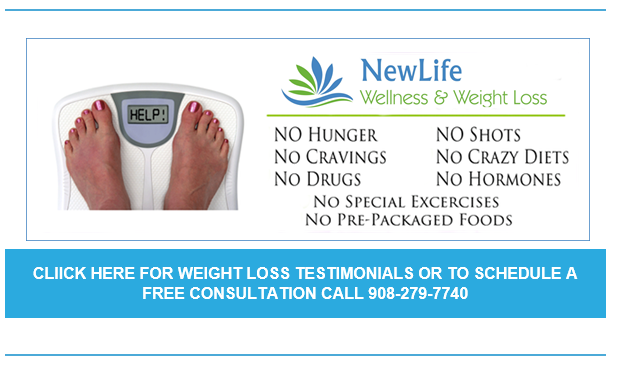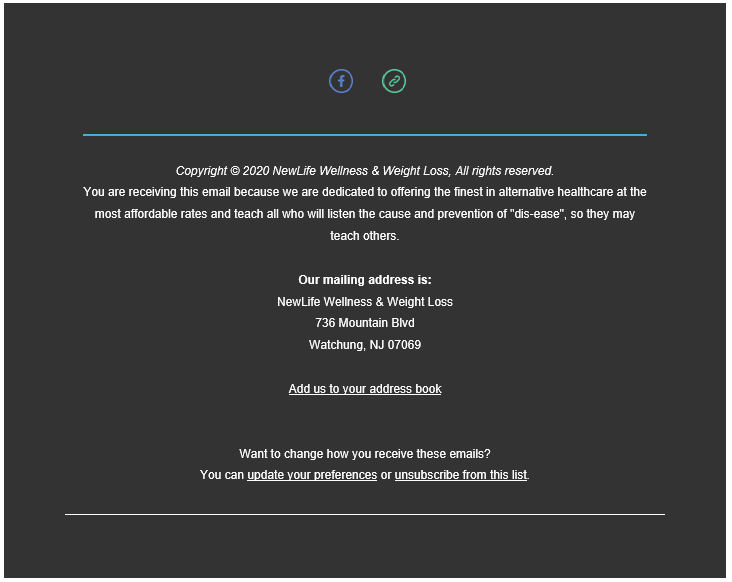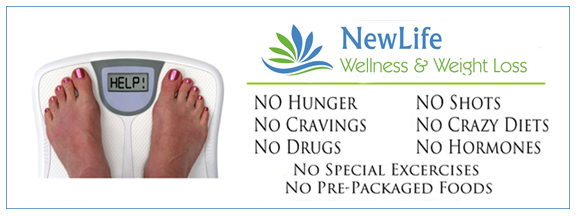
The best way to boost your health beyond exercising regularly is to do it in the great outdoors. I know it’s been difficult with the onset of this corona virus pandemic and being mostly confined to our homes. But the benefits of getting outside is significant towards better health.
In fact, a new 2016 study of the UK’s first monthlong nature challenge found that after spending time in nature every day for a month, people were 30% more likely to rate their health as “excellent.”

Researchers are currently proving what clinicians have been observing for years: That spending time communing with nature has tangible health benefits. Emerging research shows that exposure to nature significantly alters brain chemistry to promote focus, cognition and mental health — as well as improved fitness.
After all, when people exercise outdoors, they actually get more brain and body benefits from their workout of choice, according to a review published in Environmental Science and Technology. In the study, researchers found that when people exercised in nature, their mental health and energy levels were better off than if they had exercised indoors. Even better, when people broke a sweat in the great outdoors, they reported greater exercise enjoyment and were more likely to stick with their workouts.

A comprehensive review published in Frontiers in Psychology in 2014 explained that outdoor environments improve our brain health through what scientists’ term “soft fascination.” A mental state in which the brain is attentive to the environment but not overwhelmed with the onslaught of stimulation our brains typically endure (Think: beeping phones, honking cars, etc.), soft fascination reduces the demand on the brain’s executive functions, allowing the brain to recuperate, according to researchers
In nature, visual and auditory input is simplified and organized. Everything from tree leaves to waves on the ocean take a simple geometrical pattern, and sounds are simple and often, repetitive. This soft fascination helps you tap into your ‘default mode’ network, which allows us to be more creative, innovative, insightful.

So powerful is nature’s effect on brain chemistry that rehabilitation programs are beginning to use nature trips to help formerly incarcerated adults ease back into society following release. Programs designed to assist veterans in dealing with post-traumatic stress disorder are increasingly using on-the-water activities like fishing and paddling as an alternative form of therapy. Heroes of War, one such program, notes that its veterans report a 56% and 63% reduction in stress levels and avoidance behaviors, respectively.
Unfortunately, research shows that U.S. adults spend roughly 92% of their time indoors. So, even though we may not be able to get outside as much as we would like to, try your best to get outside during this time and be smart. Exercise CDC regulations for social distancing and using a mask and/or gloves is still appropriate.




































